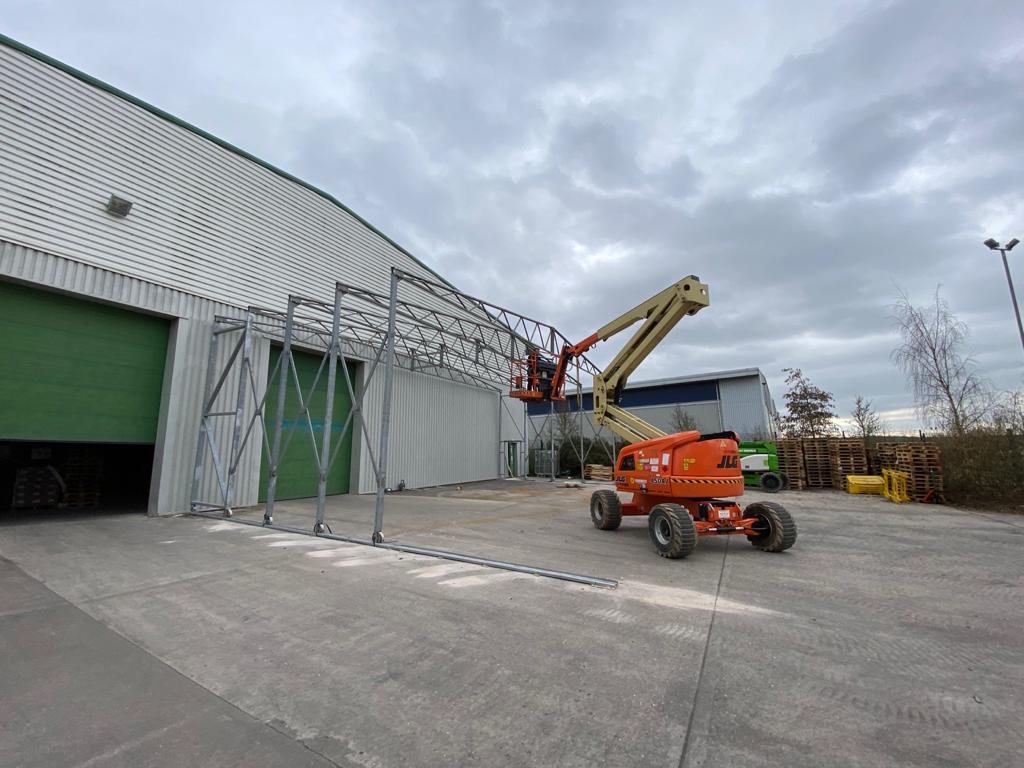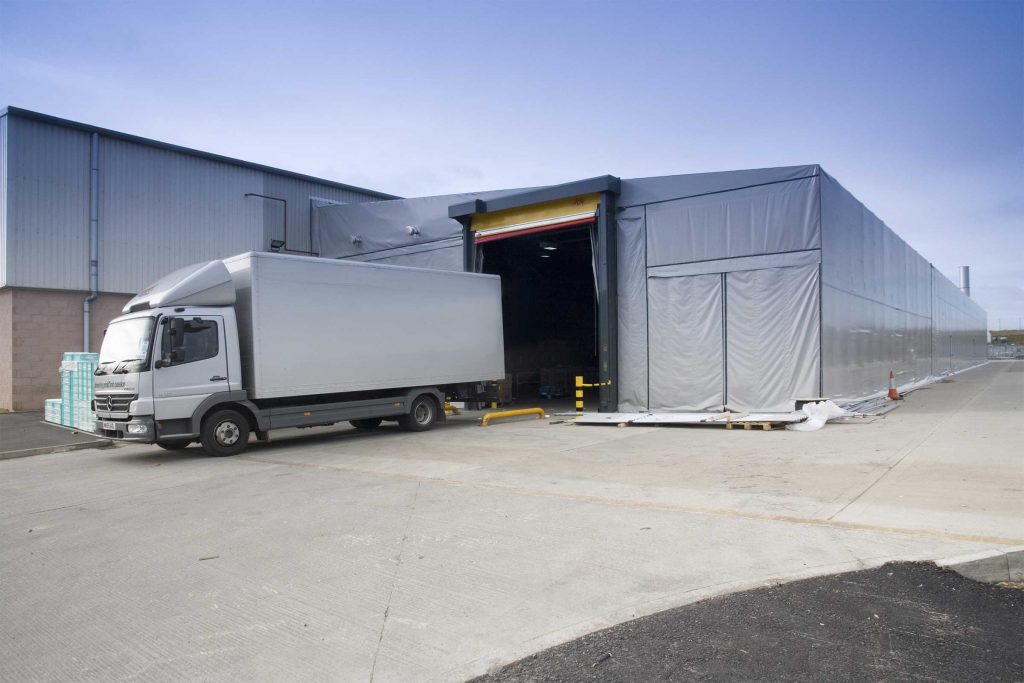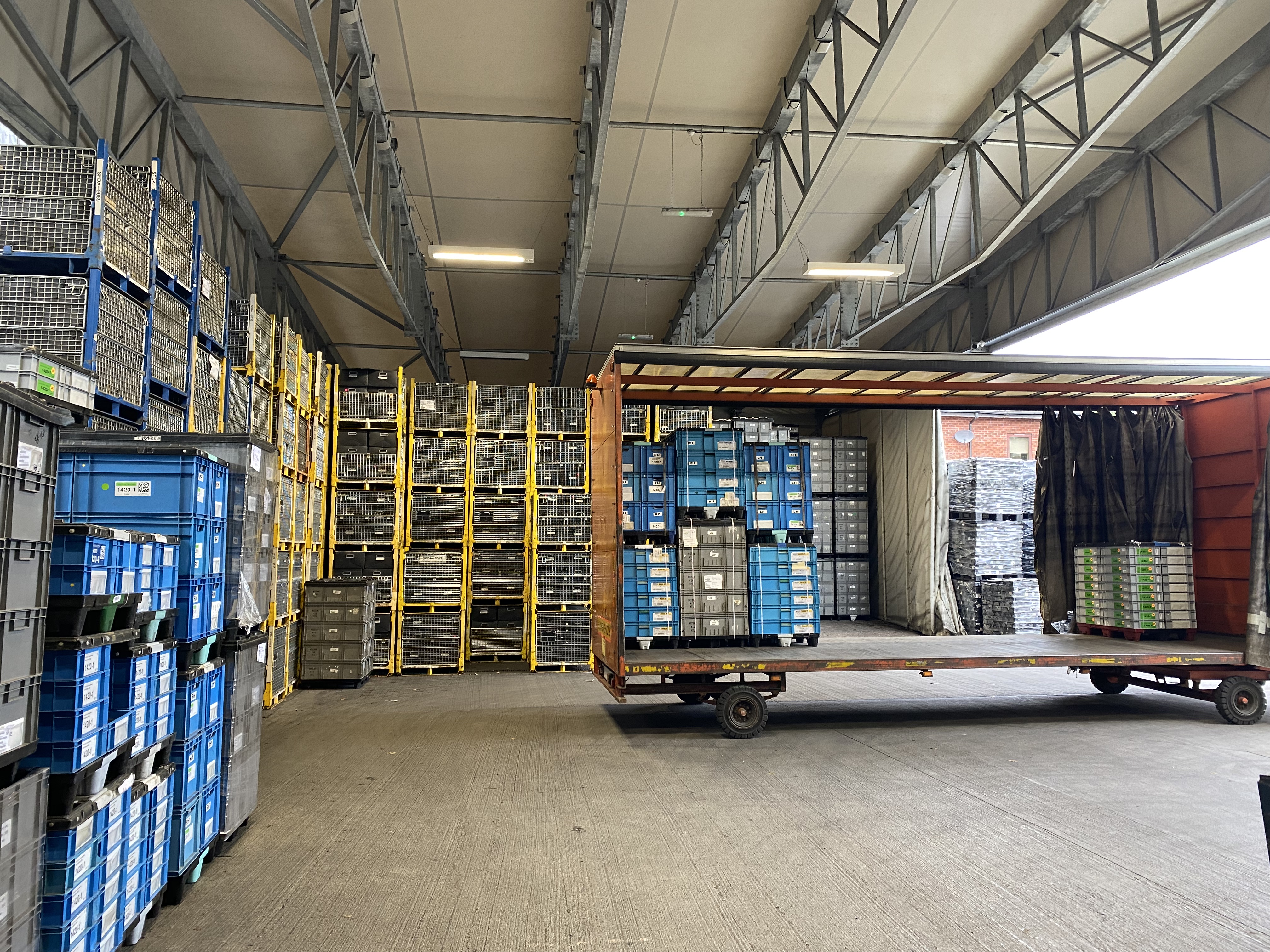We’ve spent many years speaking to customers about the long-term potential of our structures, which are often considered to be a short-term solution compared to traditional bricks and mortar. We always explain that they will last for decades and are only temporary if you need them to be.
Right now though, that conversation has been put on the back burner as businesses only want to talk temporary warehousing and by temporary we mean a maximum of six months. With so much economic uncertainty, the ever-looming risk of industrial strike action across all sectors threatening to disrupt our supply chains and the continuing backlog of instability brought about by Brexit and the Coronavirus, businesses are only able to look a few months ahead.

Very few seem able to commit to a 5-year rental agreement on a standard warehouse building in a fixed location, let alone purchase a commercial property. Committing to those time frames means having to predict and plan your business needs far in advance but this would expose companies and leave so much room for error considering how quickly consumer behaviour is being forced to evolve and the economic climate is changing. Nevertheless, they still need a solution, whether that is to stockpile ahead of the predicted Black Friday rush and subsequent Christmas demand for e-commerce, store excess stock that is intended to be exported or respond to recent accelerated growth that may experience a subsequent dip if the cost of living continues to increase.

Short-term rental of warehousing space on flexible terms is rising rapidly in popularity and allowing companies of all sizes to make positive decisions as well as plan more effectively for the immediate future and beyond. With our structures, businesses are able to be more innovative, agile and utilise the space available to them more efficiently. Our flexible finance options also offer companies some breathing space. With lower up-front costs, they are able to re-evaluate where to invest capital in the short-term to ensure they are able to ride this wave and thrive in the long-term.
If, at the end of the rental period, a business finds that all is going well then they can extend the lease on their structure and we can even adapt the dimensions if necessary or move it to a new location.

Temporary warehousing is becoming more and more vital to supply chain resilience right now. Steel clad prefabricated buildings or fabric-covered domes and canopies offer flexibility and allow businesses to respond faster. Certainly, we can design, install and ensure that structures are fully operational within weeks. Typically, it takes six months to a year to source and secure long-term, “permanent” warehousing space so our structures are quicker to build as well as being cheaper than bricks and mortar.
Another benefit of temporary warehousing is that it gives companies the chance to take advantage of new opportunities when they arise and test new markets or move into them faster without huge risk. With the culture for short-term, on-demand space evolving in other areas too such as office co-working, pop-up retail, pop-up restaurants, Air B’n’B co-living, we do not see this trend for convenience, simplicity and efficiency disappearing any time soon but we’ve been ready for it for over 30 years!
